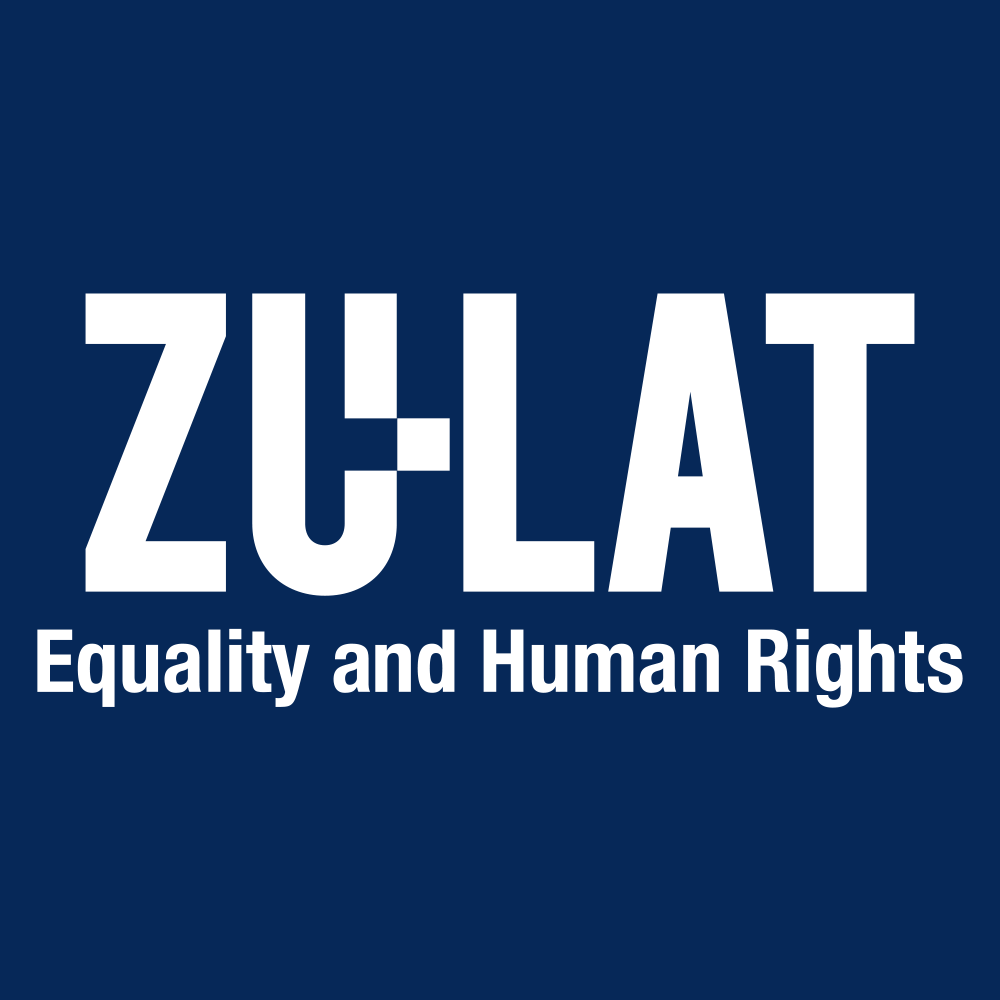>> Click here for the full policy paper HOW MUCH DOES THE CONFLICT COST US?
At an average 6% of GDP, Israel’s defense spending is relatively high compared with that of other countries where such outlay is much lower, but it is relatively low at present compared with its level in the past.
The Arab-Israeli conflict, however, which has primarily become an Israeli-Palestinian conflict, entails additional costs that raise defense spending from 6% to 40% of GDP. One of these costs is compulsory military service, which forces most Israelis to start their work careers and academic studies with a delay of at least 4 years for men and 3 years for women. As a result, they suffer a significant loss of income throughout their lives, which translates into a loss of 5.7% of GDP for the entire economy. In other words, GDP and income could be 5.7% higher.
An even larger loss is caused by lower investment in the Israeli economy because investors anticipate risks. Consequently, the ratio of capital to GDP in Israel is relatively low and results in a loss of 26% of GDP. In other words, were it not for the conflict, GDP and income could be 26% higher.
If we add up all these costs, we arrive at an overall loss of approximately 40% of GDP. Obviously, a peace agreement would not completely eliminate all these costs, as military service of at least one year would still be compulsory, safe rooms would still need to be built, and Israel would still have to maintain a big and costly army. Having said that, a rough calculation shows that a political agreement would increase output by approximately 30% within a few years, which would hugely improve the standard of living of Israel’s residents.





